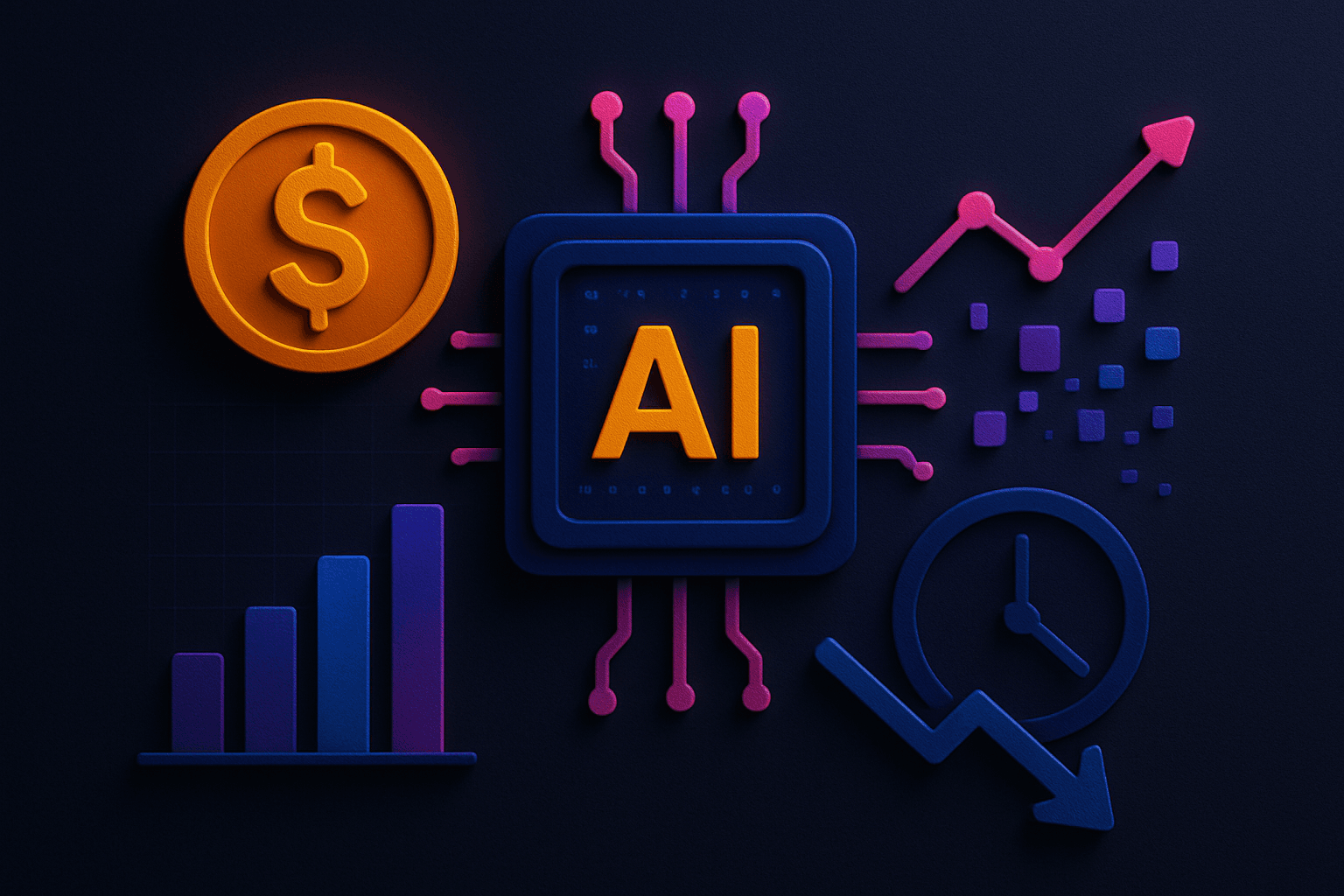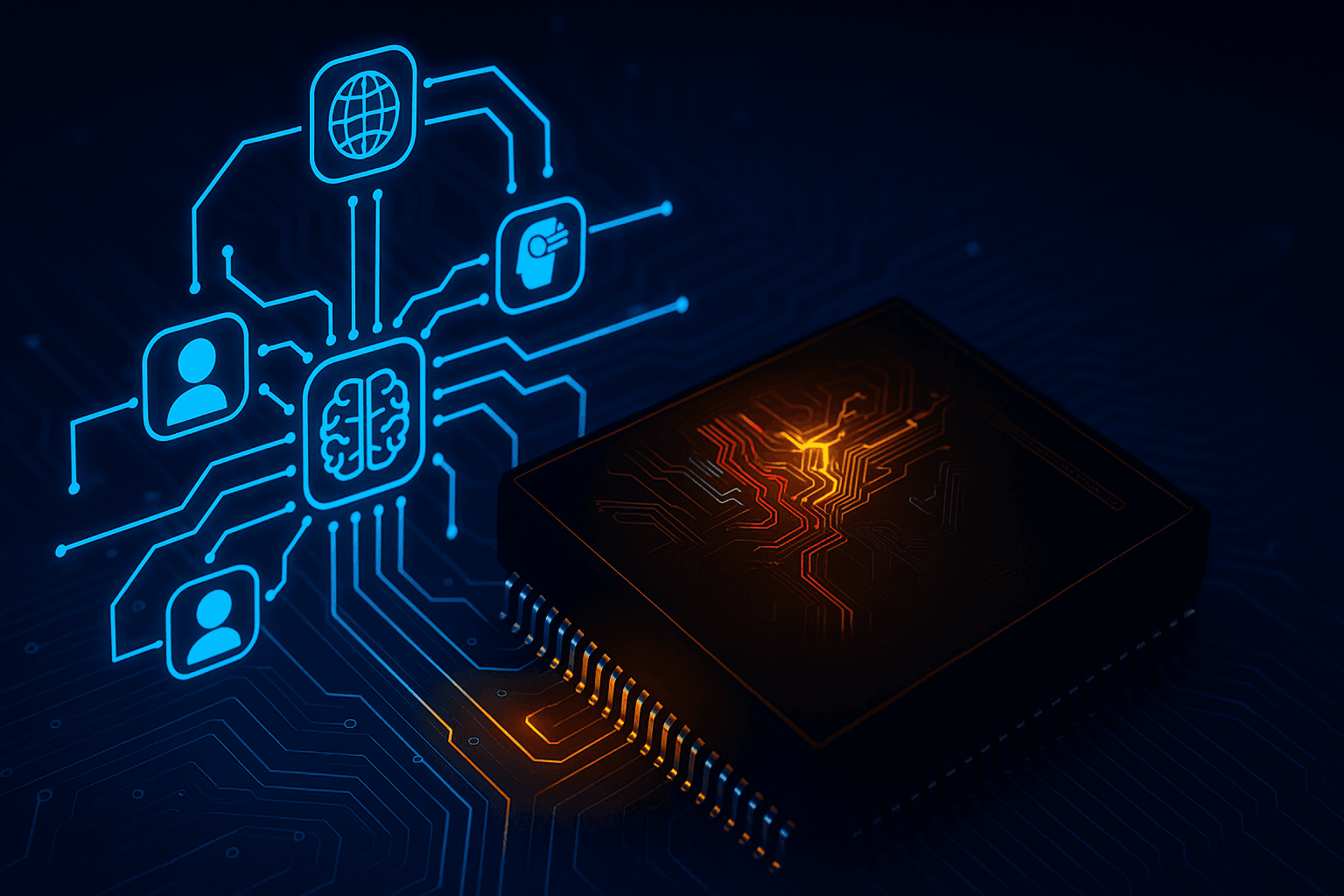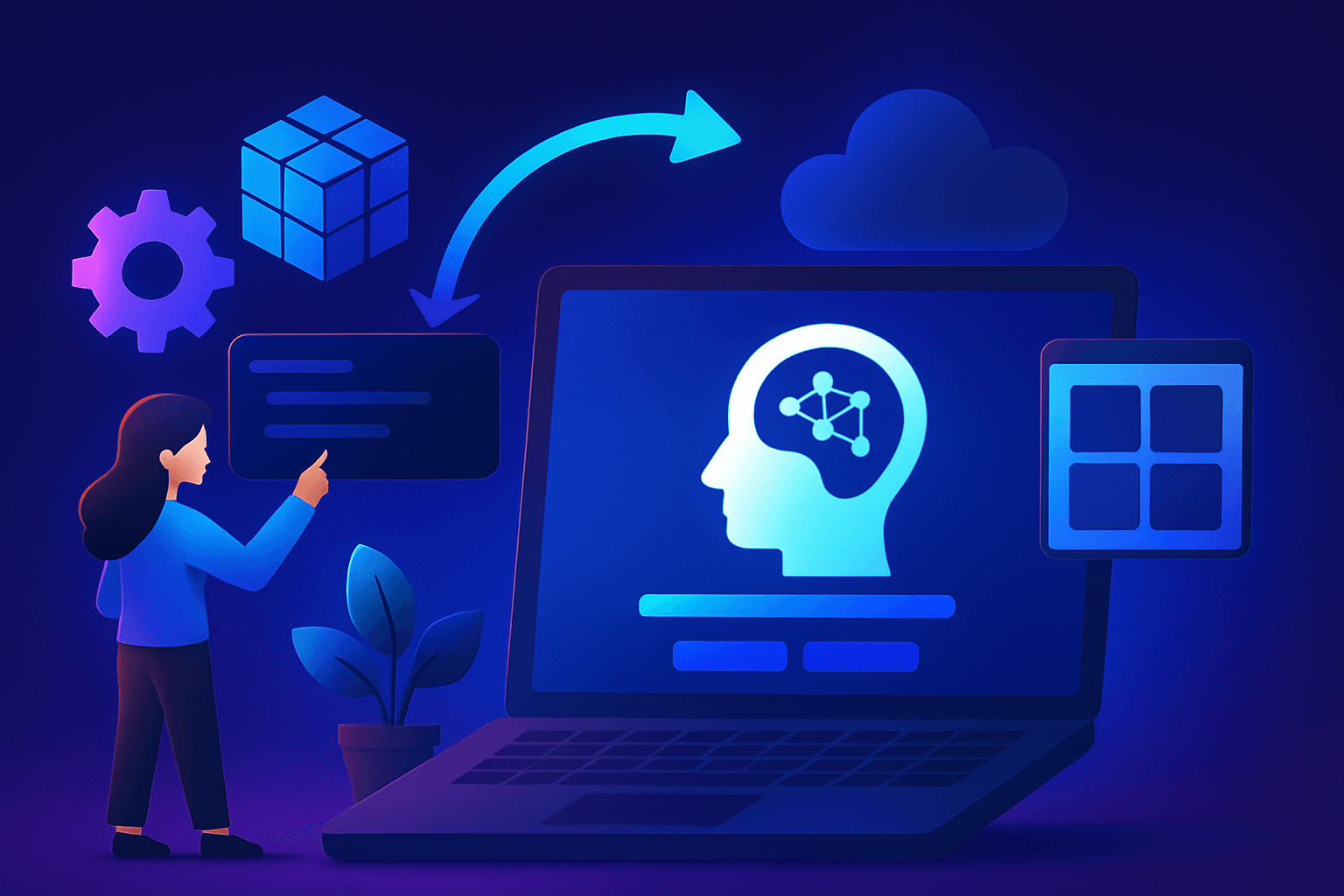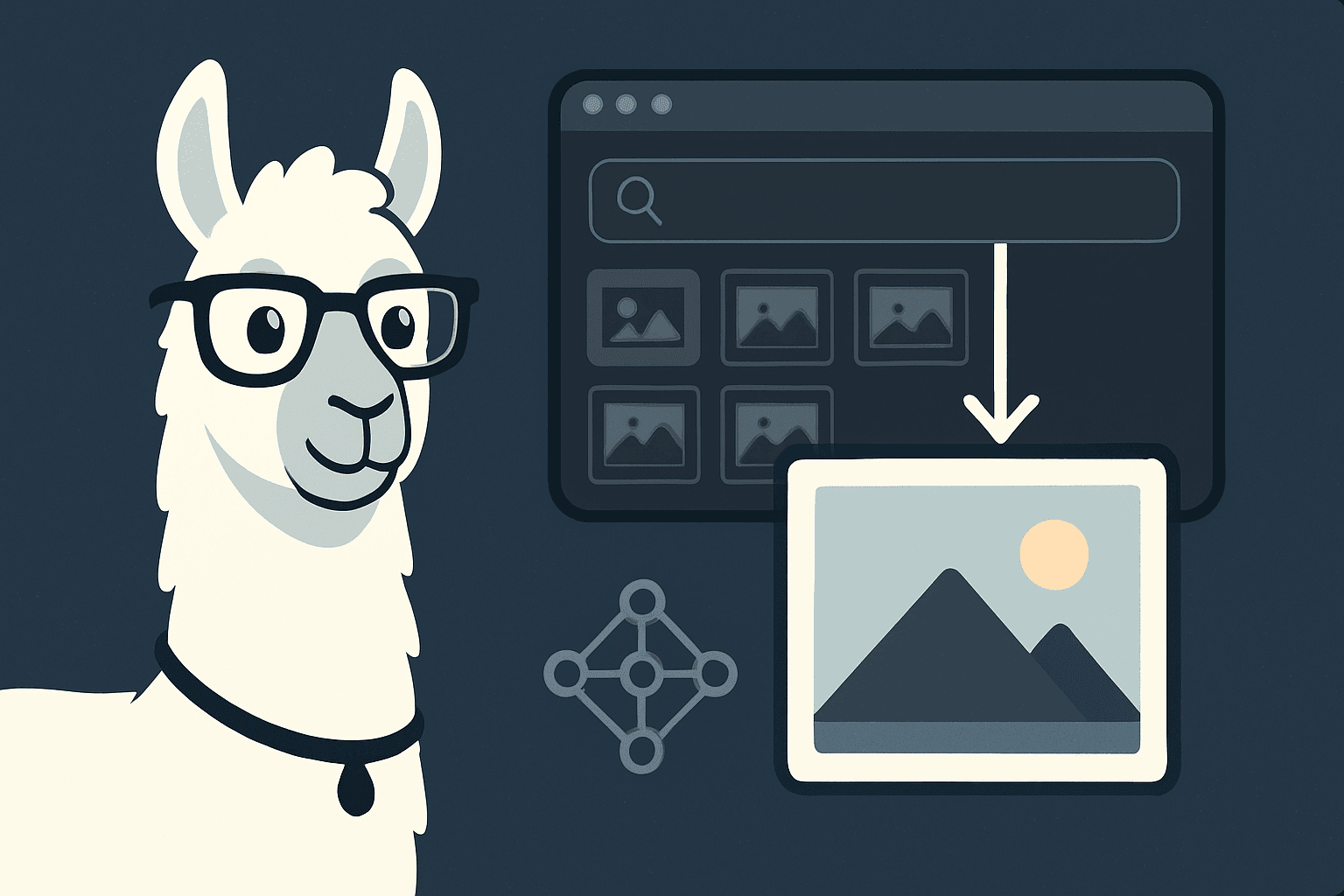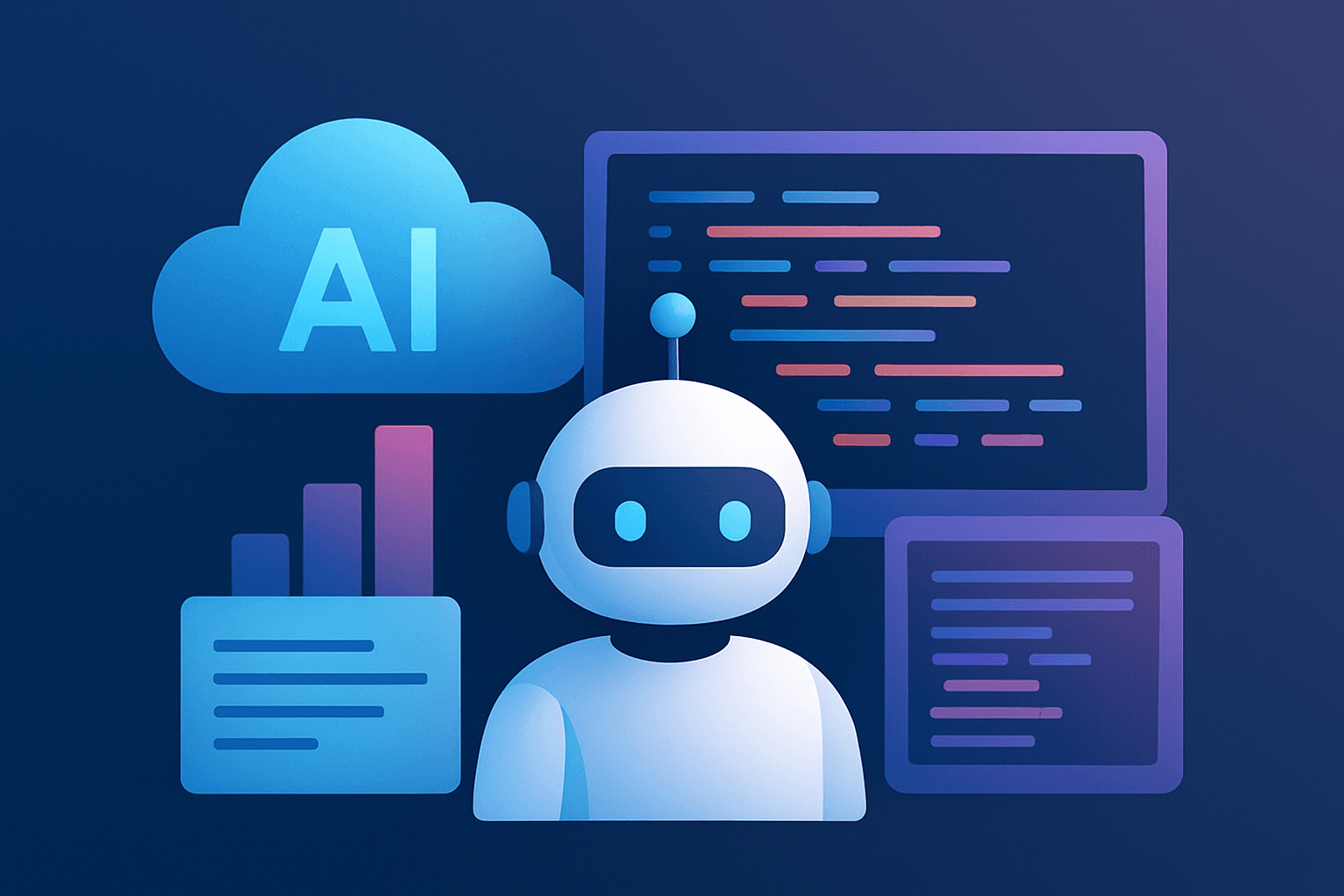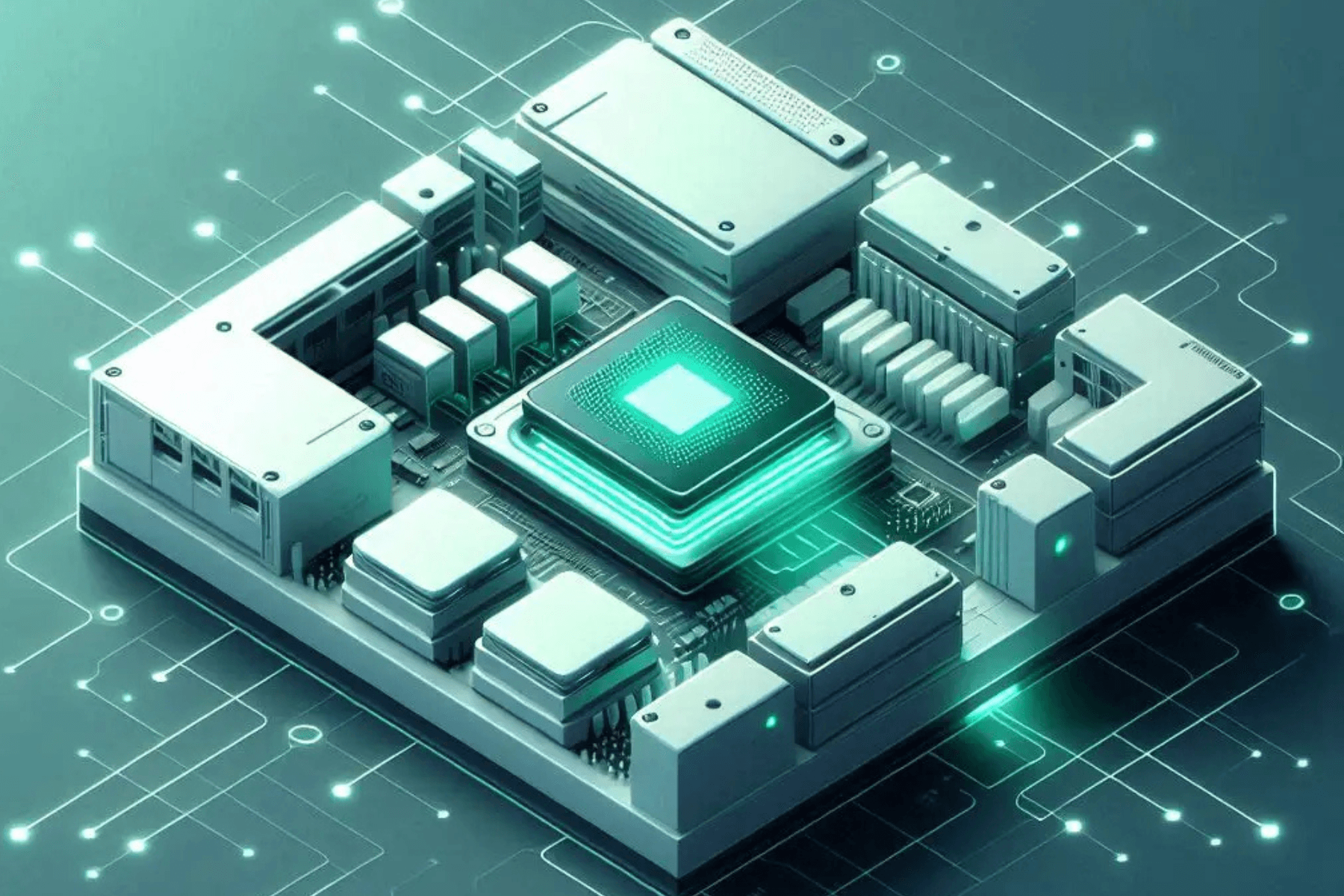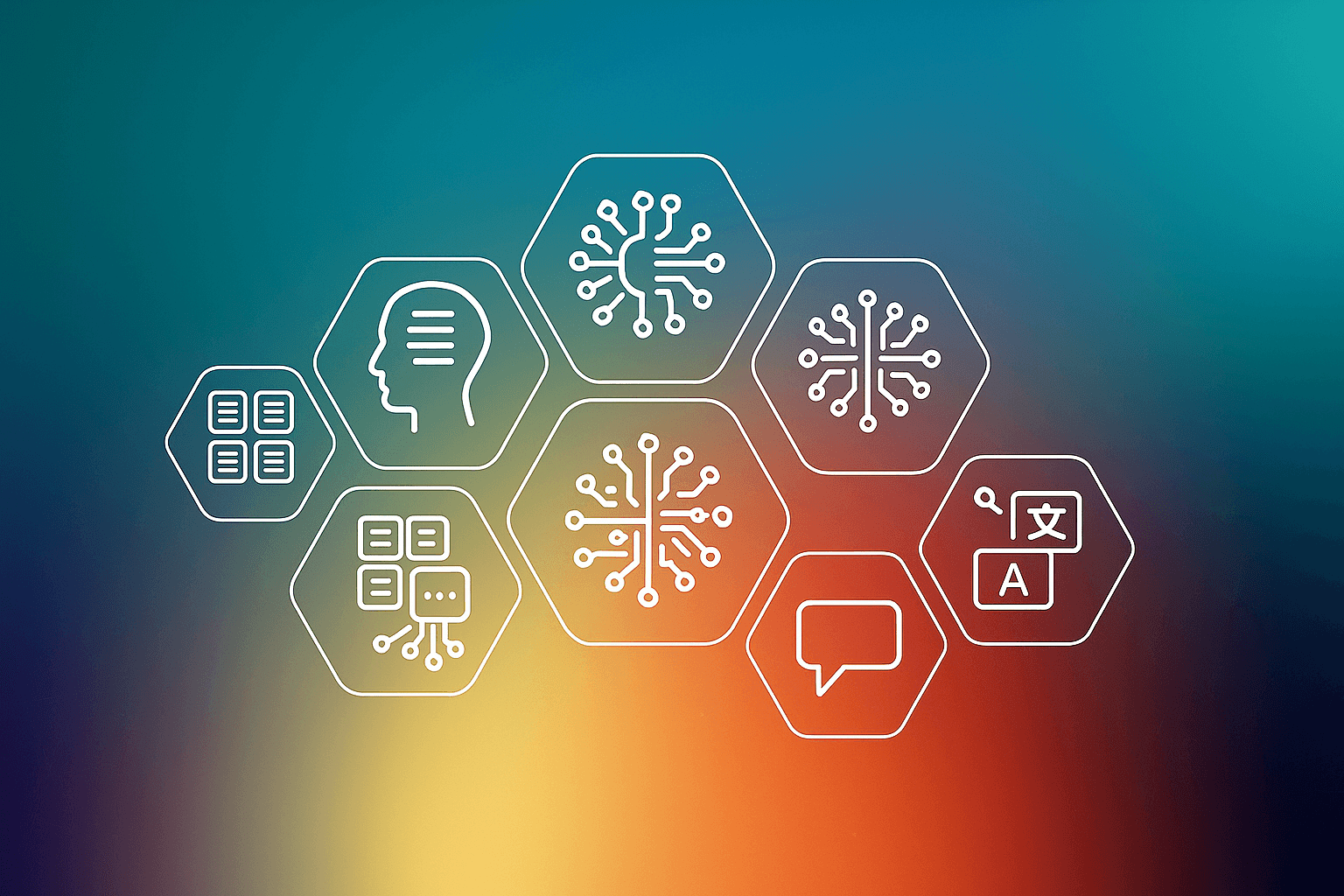Introduction
With the applications of artificial intelligence and deep learning (DL) on the rise, organisations seek easy and faster solutions to the problems presented by AI and deep learning.
The challenge has always been about how to imitate the human brain and be able to deploy its logic artificially.
Result: Neural Networks that are essentially designed on the human brain wiring.
Neural Networks – What Are They?
Neural Networks can be described as a set of algorithms that are loosely modelled on human brain. They are designed to recognise patterns.
In simple words, Neural networks are known as an algorithm set that roughly follow the design of human brain. They can interpret data using machine perception – either labelling the raw input or clustering.
The patterns recognised by neural networks are usually contained in numerical and vector forms. These two categories involve the entire data, be it anything from text to sound to images.
Neural Networks Libraries
Neural Network Libraries are deep learning frameworks that are used for research, development, and production. The library comprises train algorithms, neural networks, as well as flexible framework not only to create but also explore other networks.
The library supports neural network categories like multilayer feedforward perceptron, Elman Recurrent network, single layer perceptron, competing layer (Kohonen Layer), and Hopfield Recurrent network.
The libraries are usually used to apply neural networks in different computer programs.
What are Neural Network Libraries containers in NVIDIA GPU Cloud?
By now, it is clear that neural network libraries are essentially used to deploy neural networks in various computer programs.
Published by Sony, Neural Network Libraries is free for use and comes with a version 2.0 of Apache license. With neural network libraries, one can not only modify and republish but also use neural network libraries for free.
The aim is to have neural network libraries running everywhere including but not restricted to high-performance computing clusters, production servers, embedded devices, and desktop PCs.
But how do you initiate neural network libraries might be the question raging in your mind, right? But worry not, as the libraries come with a QuickStart guide to help you with easy installation of the software.
Neural Network Libraries – A QuickStart Guide
A QuickStart guide for neural network libraries is designed for easy installation of the library. It follows three simple steps of
1. Pulling a NGC docker image
2. Launching a container–which is a standard method to initiate an interactive shell
3. The third and the last step is to exit the container. Once you are done, you exit the container and close the session by typing exit from the terminal of the container.
Neural Network Libraries – Extensions
Neural network libraries come with various extensions like the following:
- Neural Network Libraries with CUDA extension is a library extension of neural network libraries, which allows you to have faster computation on GPUs that are CUDA capable.
- Neural Network Libraries with C Runtime is a runtime library for reading neural network that was created by neural network libraries.
- Neural Network Libraries with NAS is a library with awareness of hardware Neural Architecture Search aka NAS for neural network libraries.
- Neural Network Libraries with reinforcement learning is a library that is built over neural network libraries.
- Neural Network Console is a Windows-based GUI app for the development of neural network.
Features of Neural Network Libraries
The reasons neural network libraries have become increasingly popular with the developers are their salient features. With these features of neural network libraries, developers can achieve more efficient results in less time. These features include:
1. Do more with less coding. Well, this means that you can define a neural network aka computation graph with minimum amount of coding, and you can do it intuitively.
2. Support with dynamic computation graph. While the neural network libraries can use both models of dynamic as well as static graph, it supports dynamic computation graph. With the use of dynamic computation graph, the libraries enable flexible construction of runtime networks.
3. Flexible operations implying neural network libraries can run anywhere.
4. The libraries are device-ready, meaning that you can install them in any device.
5. You can easily add a new function in the library. The library comes with a code template generator and function abstraction to write a new function. Result is that developers can write a new function with a minimum amount of coding.
6. The neural network libraries are equipped with multi-target device acceleration as plugin. This implies that you can add a new device code without altering or modifying the library code as a plugin.
Popular Neural Network Libraries
There is no doubt that Python is the favoured programming language amid the developers. So, it is no surprise that the popular neural network libraries are Python-based. Some of these Python neural network libraries are given below.
· TensorFlow
· CNTK aka Microsoft Cognitive Toolkit
· PyTorch
· Theano
· Caffe
· Keras
Benefits of Containers from NVIDIA NGC
Whether you are looking for neural network libraries container or any other container from NGC Catalogue, it is important to remember that there are numerous benefits of containers. For instance – faster training and easy deployment amid others.
Conclusion
Neural network libraries containers are ideal for developers, data scientists, and researchers because of the features including — faster training with Automatic Mixed Precision and lesser changes in the code, scaling-up ability from a single node to multi-node systems, and portable container that allows you to develop quickly by running anywhere either on premises or at the edge or even in the cloud.
